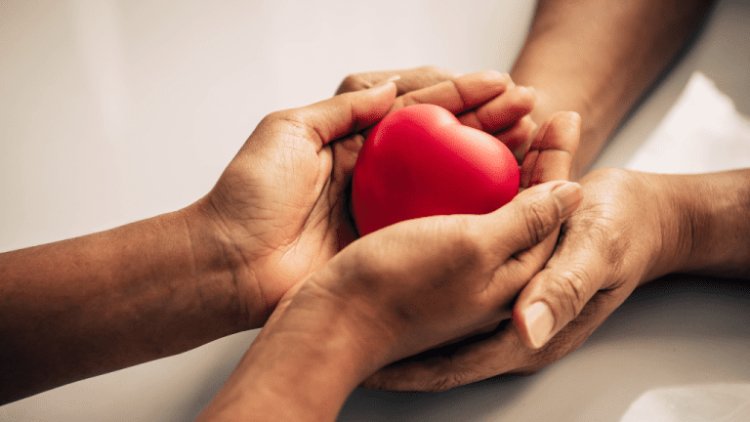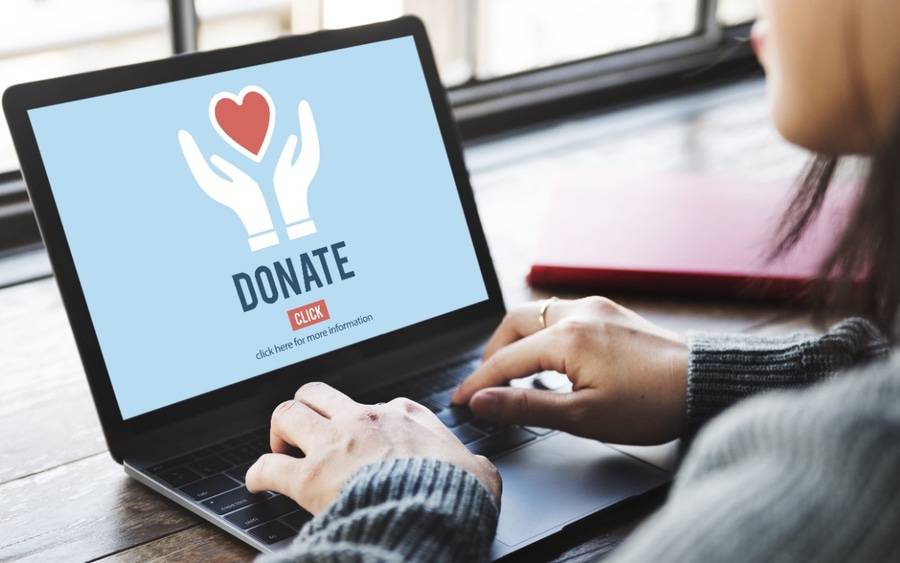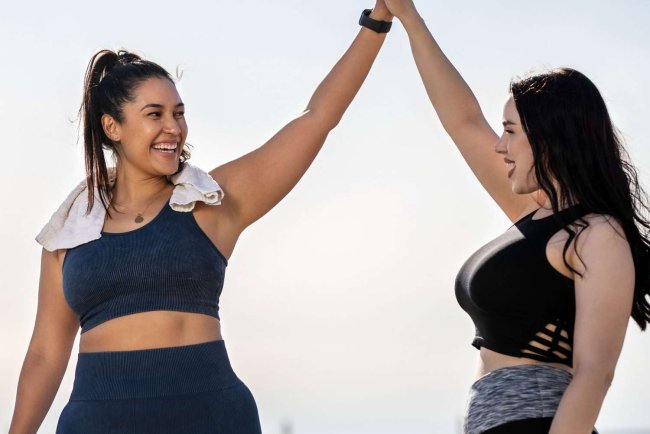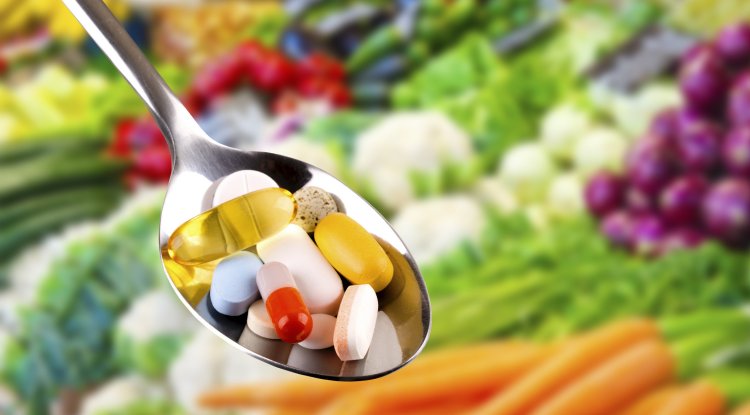This Valentine's Day, give a present that can truly save a life: Why Becoming an Organ Donor May Be the Most Romantic Thing You Ever Do.
Yes, flowers are beautiful, and chocolates are sweet. However, what if you could provide something more potent, something that could save lives? National Donor Day is a lesser-known but extremely significant event, even though Valentine's Day is usually connected with red flowers and heart-shaped boxes. It is an opportunity to stop and think about giving in a different way, one that might give someone a second chance at life, relieve them from dialysis, or restore their vision.

The real question now is, are you in?
Donating organs, tissues, and blood: A Love Language Unto Itself
Imagine being dependent on a dialysis machine for more than twelve hours per week in order to survive. Or your liver is failing and you are fighting nausea, exhaustion, and bewilderment every day. A bone marrow transplant might be the only thing that can save a leukemia patient. Or perhaps someone's sight could be restored by the gift of corneas.
Donating organs and tissues not only prolongs life but also changes it. However, there is a tragic divide between those who advocate for donations and those who actually take action, even in the face of the enormous need. Approximately 90% of Americans support organ donation. In reality, just 40% are registered. In the meantime, more than 103,000 Americans are on the waiting list for a transplant, and over 6,200 of them pass away each year while still holding out hope.
Therefore, your choice does matter.
What Are You Able to Give? (Spoiler alert: More than you may imagine)
More than 80 people can be helped by a single contribution. It is not a typo. When it comes to organ donation, most people think of kidneys or livers, but there are surprisingly many options.
You can give heart and heart valves after you pass away.

Lungs
Liver
Kidneys
Pancreas
Intestines
Skin
Corneas
Ligaments, tendons, cartilage, and bones
Arteries and veins
Face and hands (yes, although they are still uncommon)
Donating blood and plasma while still living is rapid, simple, and can save lives.
For many cancer patients, bone marrow or stem cells are essential.
Birth tissues, including the placenta and umbilical cord, are used to treat infections and heal wounds.
organs, such as a kidney or a section of your colon, liver, or lung.
Many of these contributions are little risk and the body quickly restores them. Some are more complicated, such as organ donation, but they can make the difference between life and death for those who receive them.
Typical Donation Fears and Why They are Frequently False

Let us dispel some myths that prevent individuals from responding in the affirmative:
“If I donate my organs, doctors won’t try to rescue me.”
False. The goal of medical personnel is always to save your life. Donation is only considered after death is officially declared.
"Donating an organ is prohibited by my religion."
False as well. The majority of major religions endorse it because they see it as a selfless and helpful deed.
"An open casket funeral is not an option for me."
Donating an organ is a very careful process.
Live Contributions: We Are All Heroes
Have you ever given blood? Congratulations! You are a living donor already. However, there are additional methods to donate while you are still alive:
Platelets and blood: low risk, high reward.
Bone marrow: A quick operation that can treat some types of cancer.
Stem cells are collected similarly to blood, and they usually have minor, transient adverse effects.
Organs: Giving a kidney or a portion of your liver is a more significant commitment, but many people do it, recover completely, and frequently talk about how meaningful the experience was.
And if aging is a concern for you? Do not be. In 2023, those over 50 accounted for 40% of dead organ donors. Donations from people in their 90s have saved lives. Age alone makes it difficult for the door to close.
The HLA Factor: The Significance of a Match
A good immunological match is necessary for some donation types, particularly bone marrow and organ transplants. HLA typing, which functions as a kind of cellular fingerprint, determines that. The best matches are frequently close relatives, but occasionally a stranger's cheek swab can make all the difference.
Unfortunately, finding mates is frequently difficult for members of marginalized communities due to health inequities. For instance, Black Americans are less likely to find a donor yet more likely to acquire kidney illness. Here, representation, awareness, and trust are important, and each of us has a part to play.
Can You Give a Gift That Will Change Your Life?
Yes. You can do something significant right now, whether it is signing your organ donor card, giving a pint of blood, or swabbing your cheek to join the bone marrow registry.
You have to choose to be a posthumous donor in the United States. Therefore, you must formally announce it. (Opt-out systems in other nations have been shown to dramatically increase donation rates.)
So feel free to keep the flowers and chocolates this Valentine's Day. But think about including something more profound: a promise that might have an impact on someone you have never even met. Because love is more than simply roses. Sometimes it appears to be saying "yes" to saving a stranger, rolling up your sleeves, or signing a card.
What's Your Reaction?




















